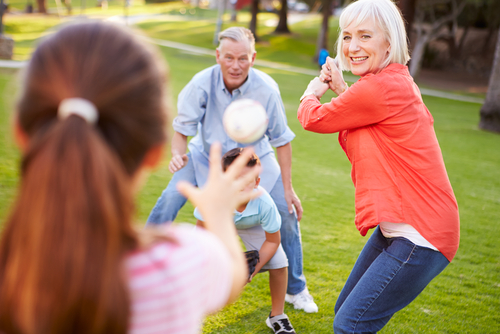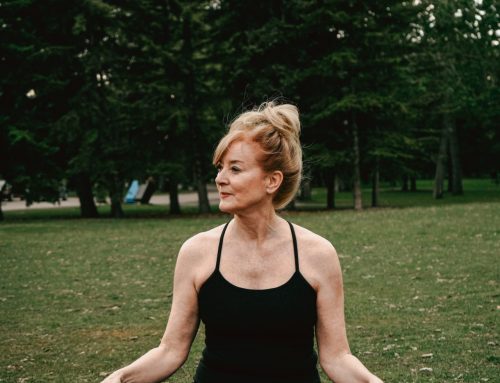Living at Home as You Age with Just a Few Simple Updates
Note: We would like to thank our guest Bob Gorman for his contribution to our blog.
Just because you are aging does not mean you have to pack up and move into the nearest retirement center. Many people prefer to remain in the comfort of their own homes as they enjoy the later years. Taking steps to reduce the risk of accidental falls by implementing a few precau
tionary measures around the home can help protect your independence while keeping you safe in the process.
1. Preventing accidents on stairs
Anyone with balance issues, trouble walking or vision impairments may encounter problems if stairs are not safeguarded against accidents. Remove any loose rugs or items, such as clothing or shoes, near or on the stairs. Make sure that good lighting is available with switches placed in accessible locations to reduce the risk of falls down the stairs when trying to turn on a light.
A sturdy handrail or banister should be installed for support on your way up or down, and be sure to only carry items that can be held in one hand when on the stairs. If climbing stairs requires more physical effort, it could be a good idea to install a stair lift and make your trip upstairs effortless.
2. Make sure floors are safe
You may also want to give careful thought to your floors. Rugs should be secured to the floor to prevent tripping. Relocating shoes, pet dishes and electrical cords is a good idea as well for keeping walkways clear of tripping hazards. If floors are slick, consider installing carpeting or placing another form of traction, such as non-slip strips, to make walking easier.
3. Accommodate the bathroom
Bathrooms can be a dangerous place, considering how slippery tile can get and with all the hard surfaces around. Grab bars and handrails provide convenient places to hold onto when trying to keep your balance stepping in and out of the bathtub or using the toilet. Non-slip strips can also provide some traction. You may want to install an intercom system that accesses different rooms in the house in the event that you need assistance and cannot leave the room.
4. Make the bedroom comfortable
The bedroom should be your sanctuary with the bed as the main focus. Choose a mattress that provides comfort for a good night’s sleep and reduces the risk of pain or pressure sores, such as the Oska CuroCell® mattress. Keep items you may need, such as a lamp, medication or a phone, within arm’s reach on a nightstand placed next to the bed.
5. Remove potential hazards
Evaluate your home for potential hazards. Rearrange where certain items are kept to avoid falls when reaching for something. You should never need to climb to reach something, so keep everyday items in accessible places. Furniture should be arranged in a way that provides the clearest path through the home and unused items can be stored in out-of-the-way places to eliminate clutter.
The Bottom Line
Making changes to your home to reduce accidental falls is not an indication of a sudden inability to live independently. It is simply a common sense approach to safeguard against some of the adaptations that go along with getting older. Certain safety measures need to be implemented in all areas of the home, such as good lighting and smoke detectors, and others are specific to the room as in grab bars for a bathtub and specialty mattress in the bedroom. The safer and more accommodating your home is, the longer you will more likely be able to remain living your life the way you want: at home.
Guest Blogger:
Bob Gorman http://blog.redfin.com






Leave A Comment
You must be logged in to post a comment.